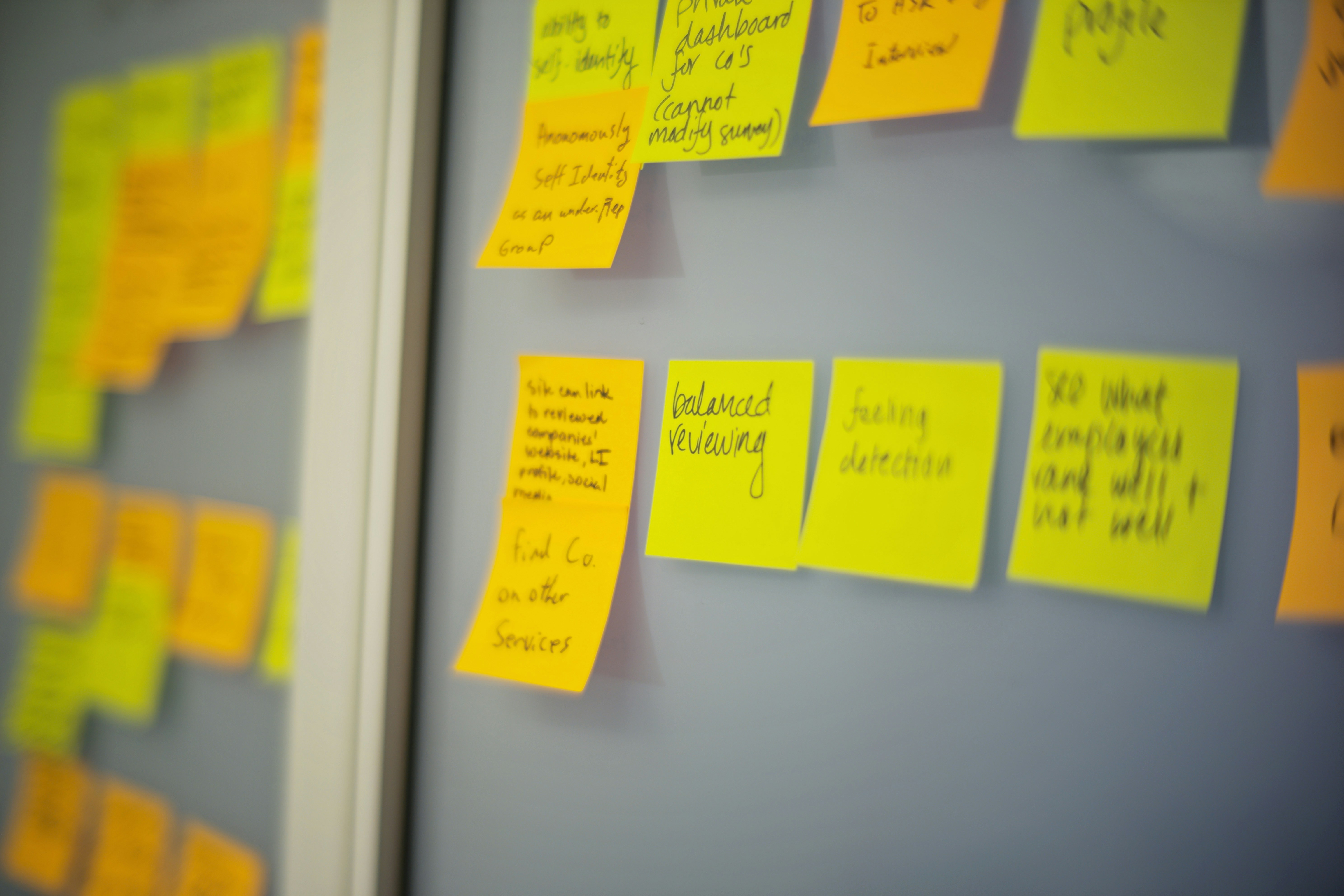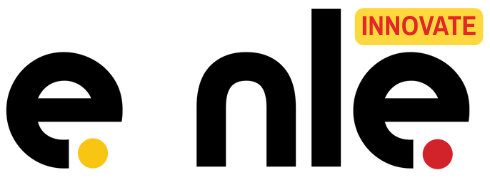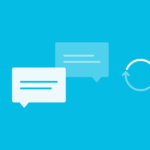Brainstorming: Where Every Idea Begins
Every solution starts with an idea and often, that idea begins as a sticky note during a fast-paced brainstorming session. This early stage of design thinking is all about quantity over quality. The goal? Capture every thought, no matter how rough. Sticky notes help because they’re flexible—easy to rearrange, group, or toss out.
To get the most from a session, we use techniques like round-robin sharing to give everyone a voice, and structured prompts to keep creativity focused. Then we sort notes by themes or goals, helping us spot patterns and emerging directions. This is how raw input begins to take shape.
Defining What Matters: Prioritising Ideas
Once ideas are on the table, it’s time to make choices. We use the MoSCoW method—Must have, Should have, Could have, Won’t have—to filter what matters most for the prototype.
It’s not just the team making these calls. We bring in stakeholders to give feedback and highlight real-world constraints. Tools like empathy maps also help keep user needs front and centre. Once decisions are made, we document them clearly and keep communication open—because everyone should know what’s in, what’s out, and why.
From Concept to Creation: Prototyping Starts
Now we build. The prototyping phase turns those top-priority ideas into something tangible. Sometimes that means quick sketches or clickable wireframes. Sometimes it’s a more polished interface. Either way, we choose the right tools based on the stage we’re in—and stay focused on usability over perfection.
Throughout, feedback is key. We test early and often with real users, adjusting as we go. Their reactions help shape each new version. And because we’re working in iterations, there’s always room to course-correct without wasting time.
Testing and Iterating: Making it Better, Bit by Bit
No prototype is ever perfect on the first try. That’s why testing isn’t just a final step—it’s baked into the whole process. We gather input through usability tests, quick surveys, and observation. Then we tweak, test again, and repeat.
Metrics help too. How long are users spending on a task? Where do they get stuck? Are they actually enjoying the experience? These data points tell us where to improve.
With each round of iteration, the prototype becomes more refined, more intuitive, and more valuable to the user. Eventually, we’re left with a product that doesn’t just work—it solves a real problem, in a way that feels effortless.
Final Thoughts
Ideas are easy to generate. Turning them into solutions? That’s where the real work begins. By combining sticky notes, user input, smart prioritisation, and constant iteration, we build prototypes that do more than just function—they create impact.







Leave a Reply